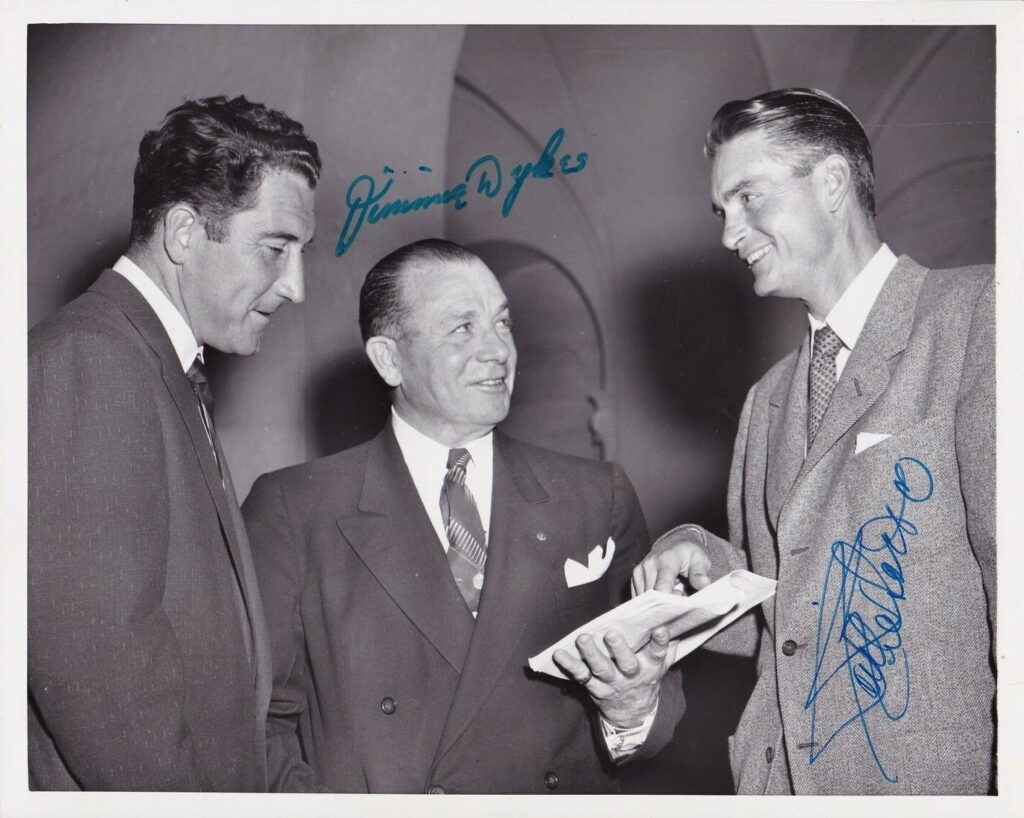
When Jimmie Dykes first starting playing professional baseball in 1917 he was a fresh-faced 20-year old. By the time he left the game for the broadcast booth, nearly a half-century passed.
After one lone season in the minor leagues, Dykes debuted with the Philadelphia Athletics in 1918 in the last year of World War I. Two seasons later skipper Connie Mack penciled his name in the lineup 142 times.
Playing second, third, and short, Dykes played for the Athletics for 15 seasons. His finest campaign came in 1929 when he hit a career-high .327, helping Mack’s men capture the American League pennant. Philadelphia finished 18 games better than the two-time defending champion New York Yankees.
The infielder hit .421 against the Cubs in the Fall Classic and played a pivotal role in a game that changed the Series. Dykes’ Athletics were up two-games-to-one entering Game 4. The Cubs held an 8-0 at the 7th-inning stretch. It looked like the Series would be tied.
Philadelphia had other plans. The prolific offense that featured Hall of Famers Jimmie Foxx, Al Simmons, and Mickey Cochrane erupted for 10 runs in the bottom of the 7th. Dykes did his part in the inning with two hits, three runs batted in and a run scored.
The Athletics shut down the Cubs in the final two innings. Cooperstown man Lefty Grove recorded four of the last six outs via strikeout. He two scoreless frames secured the victory and put the A’s on the brink of the title. Two days later Dykes and company claimed the Athletics’ first championship since 1910.
Dykes and the A’s won three consecutive pennants from ’29-’31, claiming the World Series in each of the first of the two years.
With the Great Depression in full swing, Mack was soon forced to dismantle the dynasty, selling off his best players. He received $100,000 from the White Sox for Dykes, Simmons, and Mule Haas. Three years later Foxx was part of a deal with Boston that netted Mack another $150,000.
Dykes flourished in Chicago. In his first season he was the starting third basemen in baseball’s inaugural All Star game. Seven of the nine AL starters ended up in Cooperstown as did 14 of the 18 men on the All Star roster.
Sixteen games into his second season Dykes was named player/manager of the White Sox. He made the All Star team once again. In his 13 years as the Chicago pilot Dykes pushed his teams to 899 wins. The victory total remains the highest of any manager in White Sox history.
Dykes also holds the distinction of taking the reigns of the Athletics after Connie Mack’s 50-year run as manager.
As a player, Dykes’ career totals include 2,256 hits, 453 doubles, 1,069 RBI, three pennants and two rings. As a manager Dykes lasted 21 years and presided over six teams that won 1,406 contests.
In the collection is this photo of Dykes with lifelong baseball man Paul Richards. Both men have signed the image.
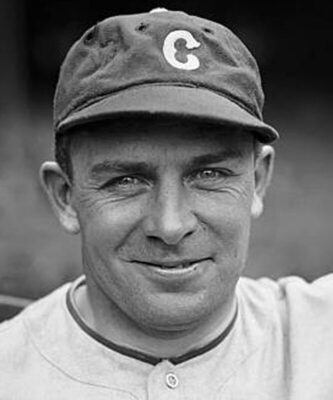


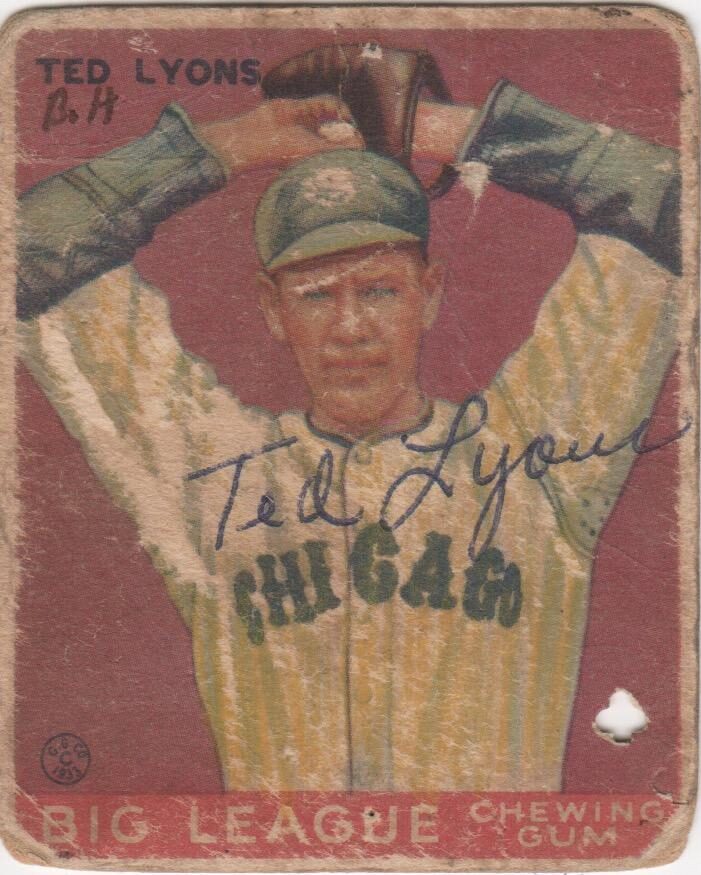
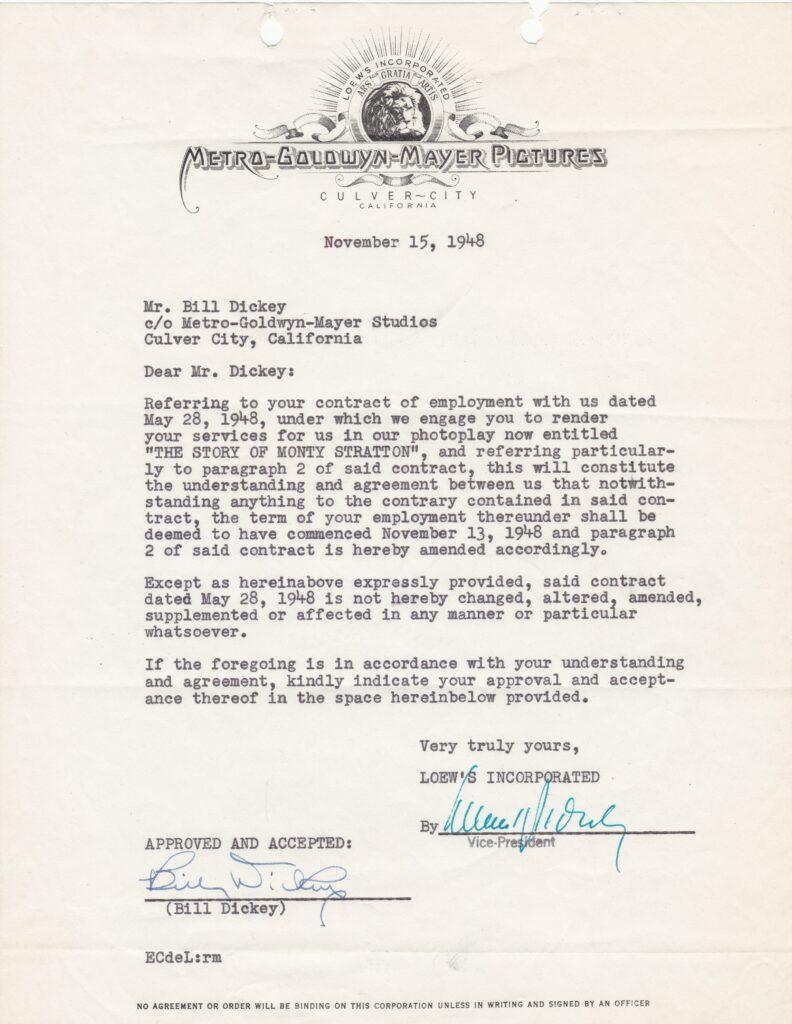
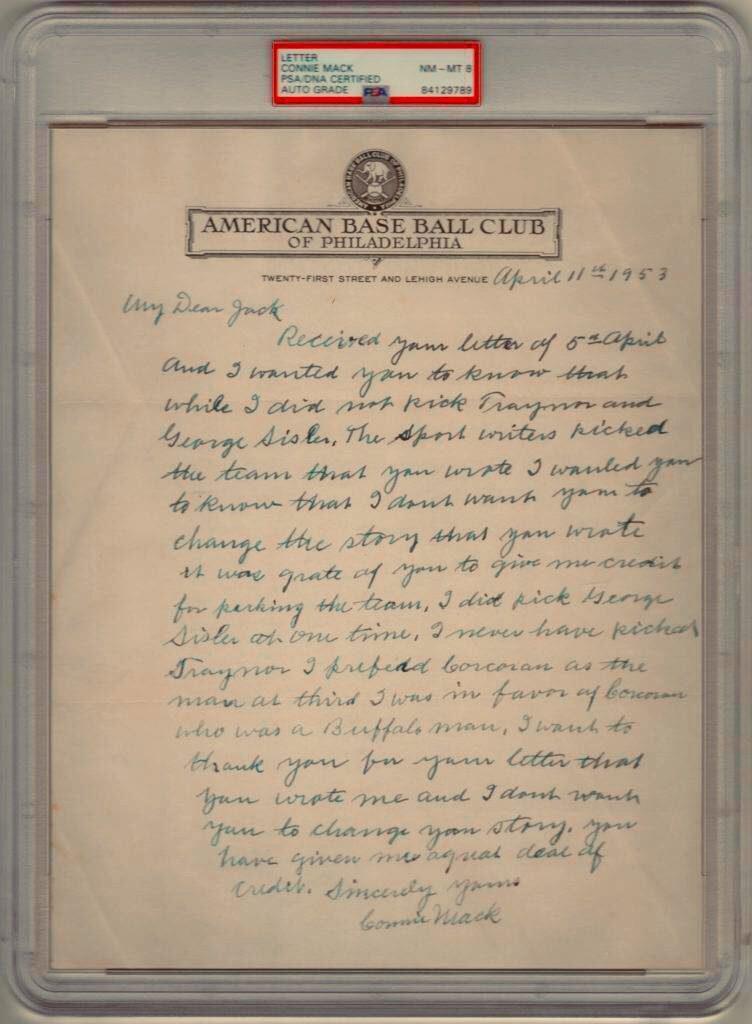
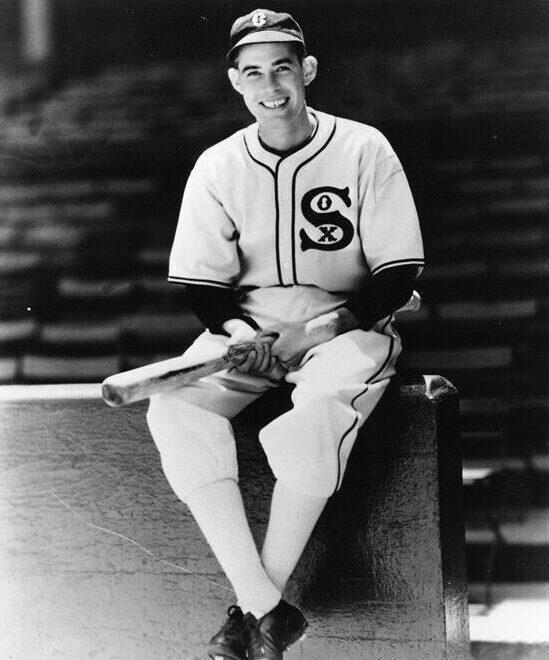
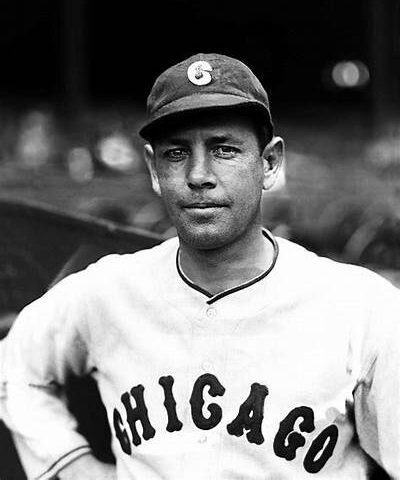
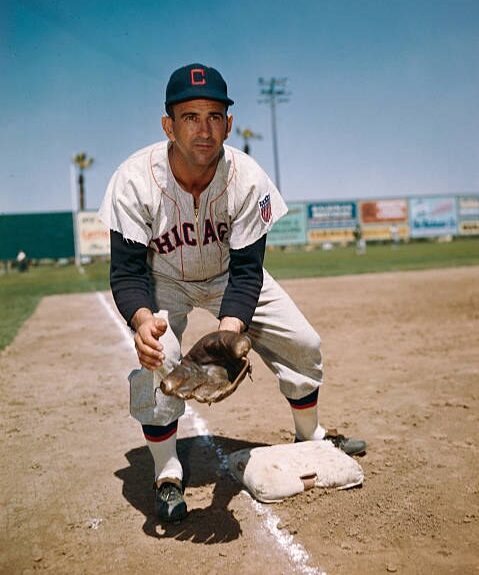
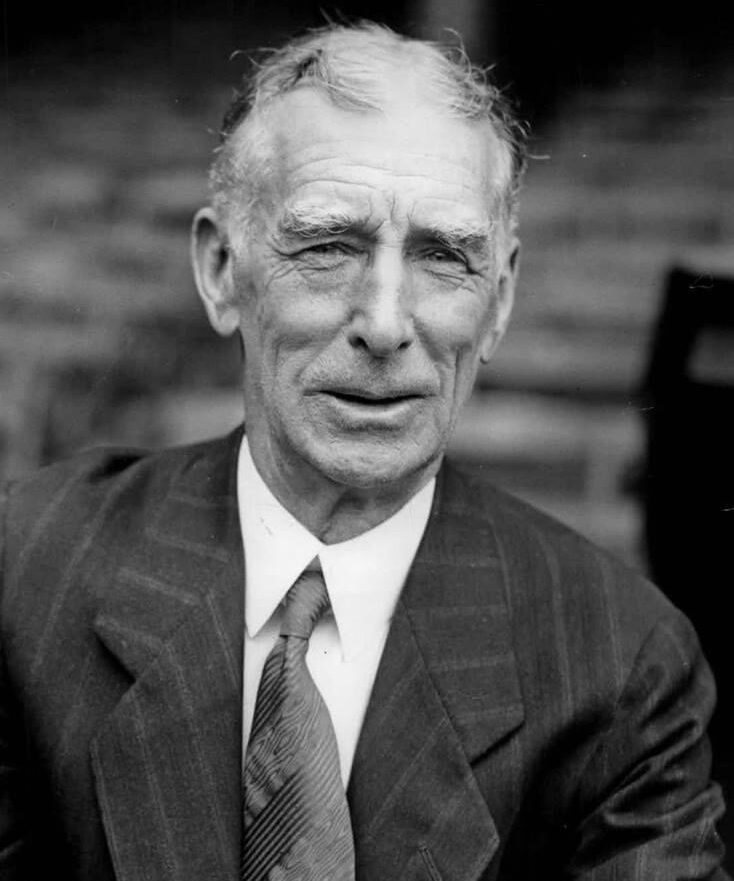
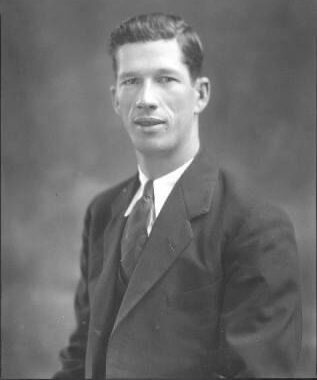
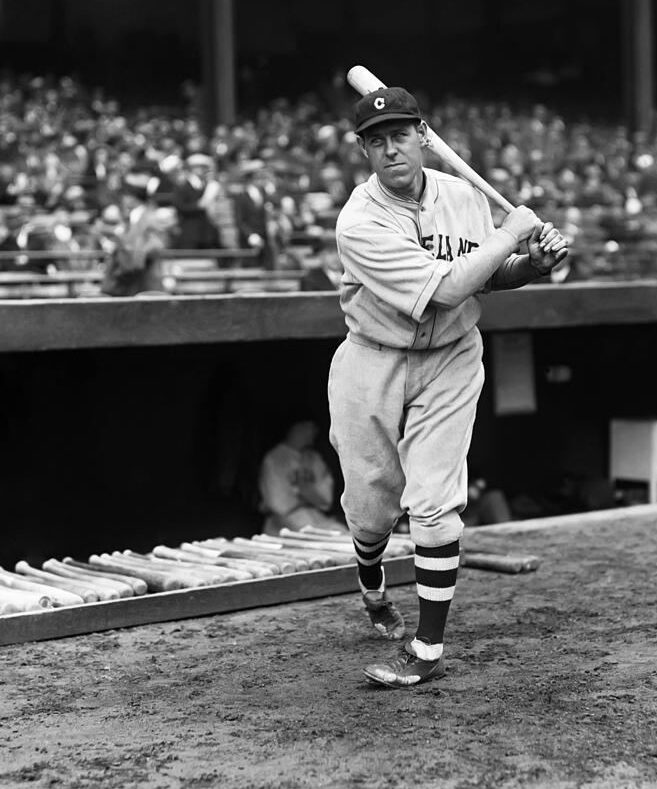
read his book, you can’t steal first base, very good read